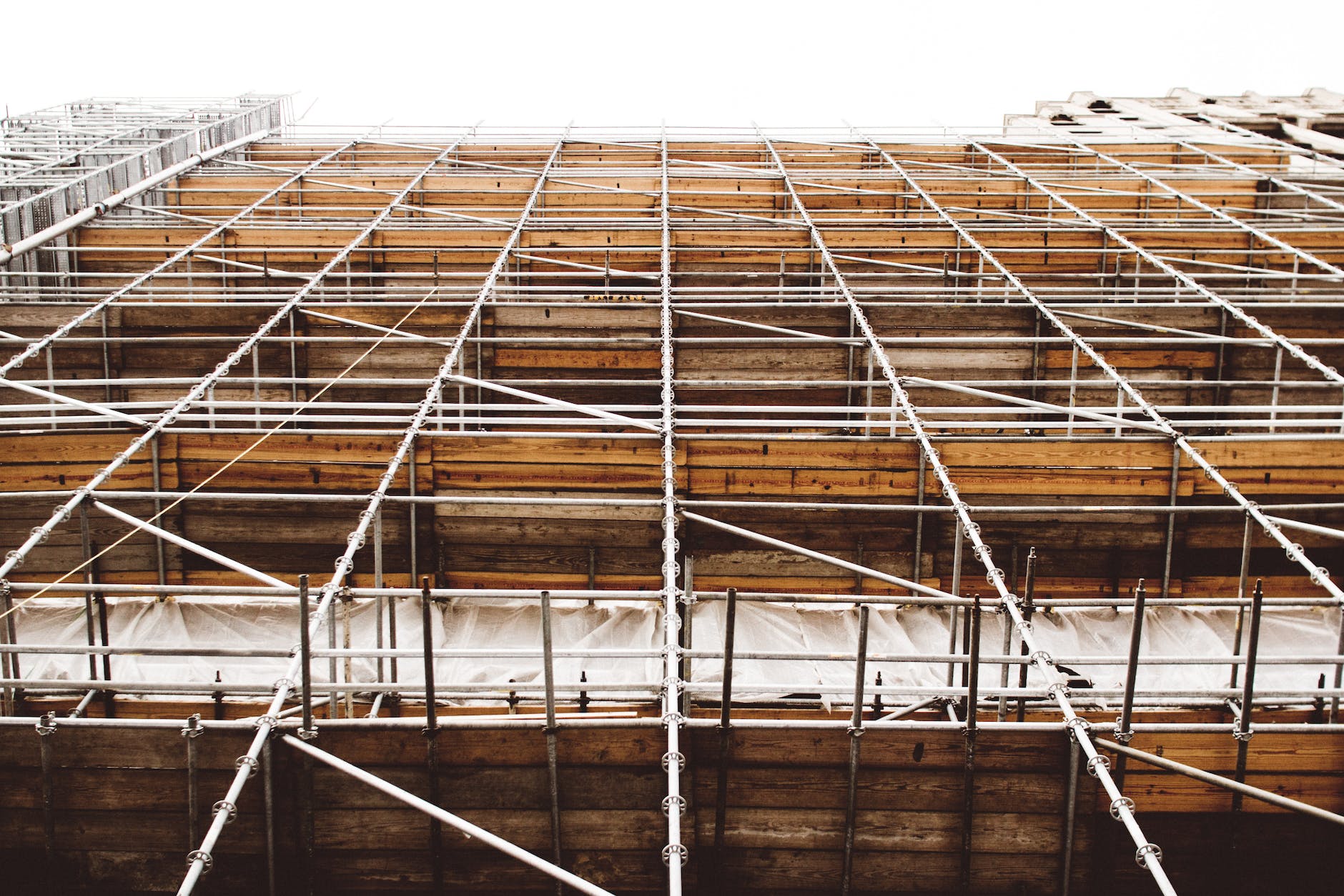
How To Prepare Scaffolding HIRA: Hazard Identification and Risk Assessment
Hazard Identification and Risk Assessment (HIRA) for Scaffolding Work
How To Prepare Scaffolding HIRA : Scaffolding work introduces specific risks that demand a meticulous Hazard Identification and Risk Assessment (HIRA) to ensure the safety of workers. This comprehensive guide outlines a systematic process to identify potential hazards, assess risks, and implement effective control measures for tasks performed on scaffolding structures.
1. Scaffolding Activity:
Erection, use, and dismantling of scaffolding structures on construction sites.
2. Gather Information:
- Site location: Construction site.
- Types of scaffolding: Tube and coupler, frame and brace.
- Existing hazards: Falls from height, structural instability, falling objects.
3. Identified Hazards:
- Falls from Height:
- Risk of workers falling from elevated scaffolding platforms.
- Structural Instability:
- Potential for scaffolding collapse due to poor assembly or weak components.
- Falling Objects:
- Risk of tools, materials, or debris falling from the scaffold.
4. Risk Assessment:
- Falls from Height:
- Likelihood: High (frequent exposure).
- Severity: High (potential for serious injuries or fatalities).
- Risk Level: Critical.
- Structural Instability:
- Likelihood: Moderate (depending on assembly quality).
- Severity: High (potential for collapse).
- Risk Level: Significant.
- Falling Objects:
- Likelihood: Moderate (due to work activities).
- Severity: Moderate (potential for injuries).
- Risk Level: Moderate.
5. Risk Ranking:
- Falls from Height (Critical)
- Structural Instability (Significant)
- Falling Objects (Moderate)
6. Control Measures:
- Falls from Height:
- Use guardrails, toe boards, and personal fall protection systems.
- Ensure proper access and egress points.
- Structural Instability:
- Regularly inspect scaffolding components for damage or wear.
- Employ competent personnel for scaffold assembly.
- Falling Objects:
- Use toe boards, debris nets, or catch platforms.
- Implement a clear policy for tool tethering.
7. Hierarchy of Controls:
- Prioritize engineering controls like guardrails and properly assembled scaffolding.
- Use administrative controls, including regular inspections and clear communication of safety rules.
- Ensure workers use appropriate personal protective equipment (PPE).
8. Emergency Procedures:
- Develop and communicate a detailed emergency response plan.
- Conduct regular emergency drills specific to scaffolding scenarios.
9. Training and Competency:
- Provide scaffold safety training for all personnel involved.
- Ensure workers are competent in scaffold assembly, use, and dismantling procedures.
10. Regular Review:
- Conduct regular reviews of scaffold procedures and assembly quality.
- Update the HIRA based on incidents, near misses, or changes in work conditions.
11. Documentation:
- Maintain detailed records of hazard identification, risk assessments, and control measures.
- Provide easy access to documentation for all personnel involved in scaffolding work.
12. Communication:
- Clearly communicate control measures and emergency procedures to all workers involved.
- Encourage open communication for reporting potential hazards related to scaffolding.
13. Supervision and Monitoring:
- Assign a competent supervisor to oversee scaffolding activities.
- Regularly monitor the implementation of control measures.
14. Regulatory Compliance:
- Ensure compliance with local occupational safety and health regulations.
- Regularly review and update procedures based on regulatory changes.
15. Review and Continuous Improvement:
- Conduct regular safety meetings to discuss improvements and lessons learned.
- Actively seek feedback from workers and incorporate it into future risk assessments.
- How To Prepare Excavation HIRA: Hazard Identification and Risk Assessment
- How To Prepare Confined Space HIRA: Hazard Identification and Risk Assessment
- How To Prepare Work at Height HIRA: Hazard Identification and Risk Assessment
- How to Prepare Risk Assessment for Vibration
- ISO 45001 Risk Assessment Matrix
By adhering to this structured approach, businesses can proactively identify and address potential hazards associated with scaffolding work, promoting a safer working environment for all personnel involved in scaffolding activities.
The information is good, thank you
Your Most Welcome!